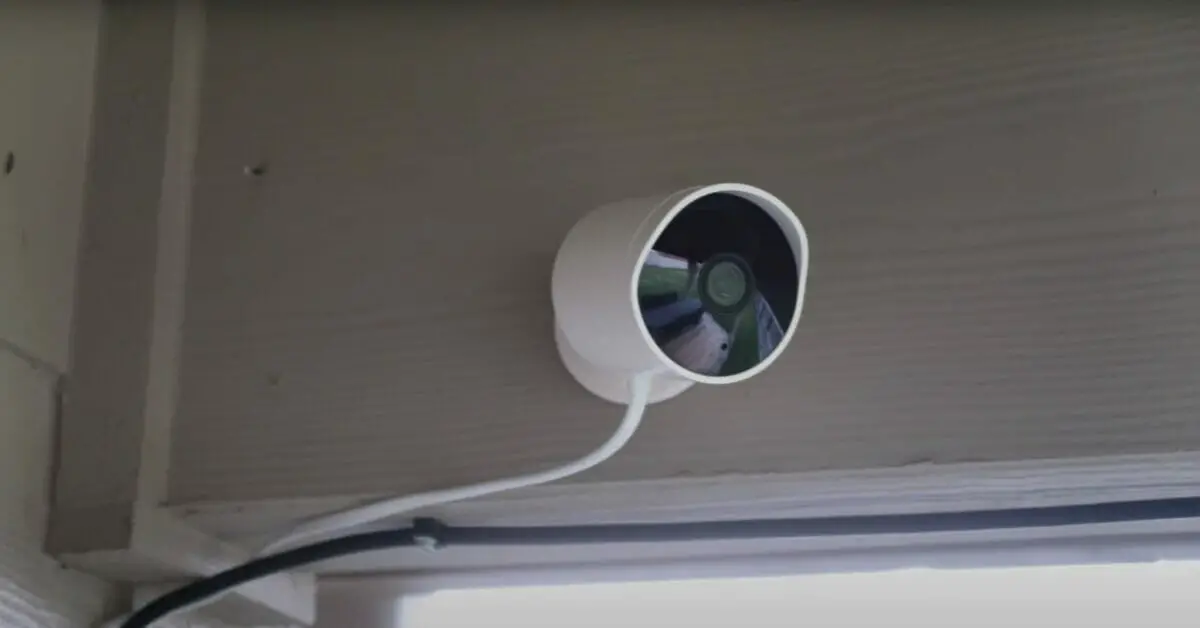Have you ever spotted mysterious, floating orbs on your security camera footage? Good thing you’re not alone – many people have encountered these little spheres.
Orbs on security cameras are typically artifacts caused by light reflecting off nearby dust particles, water droplets, or other small objects. These orbs tend to give off an eerie, supernatural vibe, but they are a common phenomenon.
In this article, we’ll shed some light on the true nature of orbs, debunk any myths surrounding them, and explore the most common causes behind their appearance.
What Are Orbs on Security Cameras
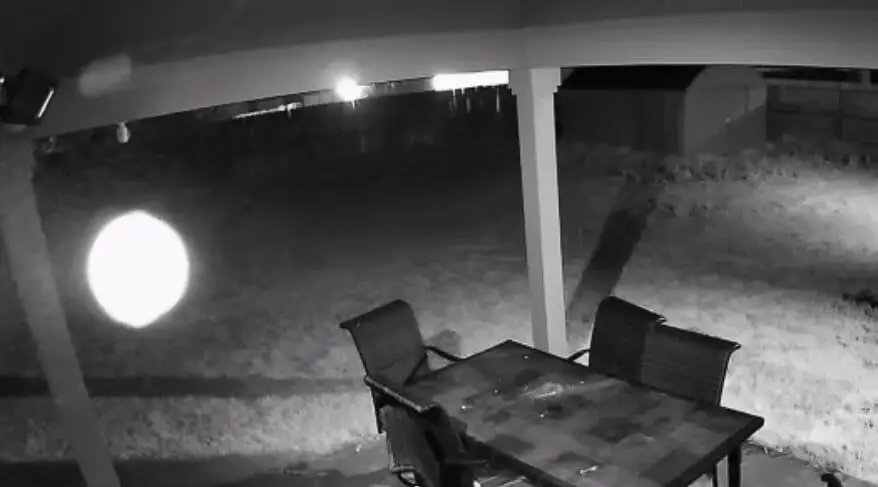
Orbs are these fascinating little spheres of light that appear on security camera footage, often causing people to wonder if they’ve captured evidence of the supernatural.
These orbs are usually round, blurry, and yellowish. But before jumping to ghostly conclusions, let’s explore more logical explanations.
Orbs are generally caused by dust particles or insects illuminated when the camera is in night mode. They could also result from light sources near the camera reflecting off surfaces and showing up as orbs in the footage.
So it seems that in most cases, orbs on security camera footage can be easily explained by environmental factors.
No need to call Ghostbusters just yet! But don’t let that discourage you from looking for the unexplained and capturing those unexpected moments.
Remember, life is full of mysteries, and sometimes the orbs on security cameras can gently remind us to stay curious and keep exploring the world around us.
Causes of Orbs in Security Camera Footage
Dust Particles
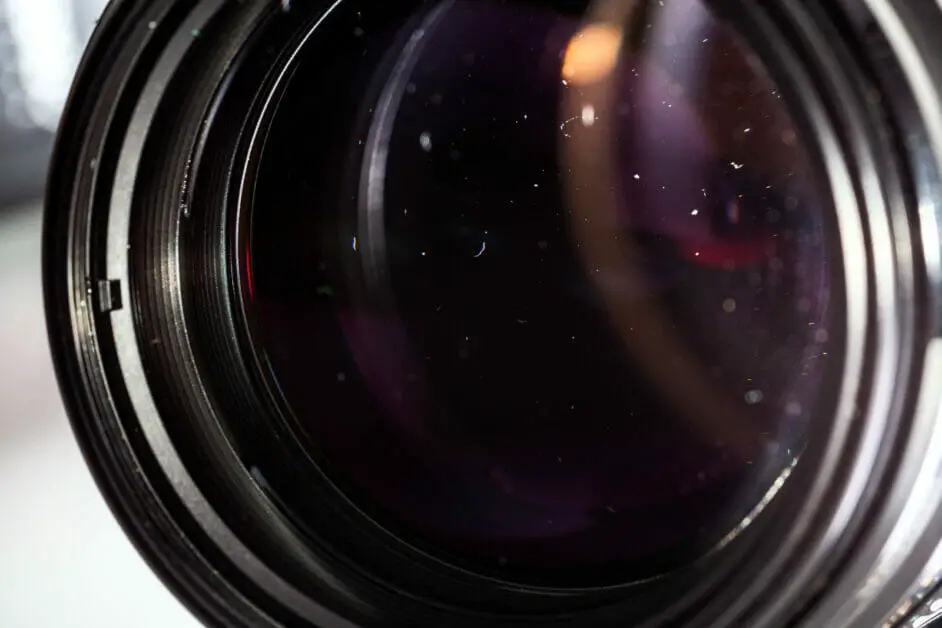
First, let’s talk about dust particles. These sneaky little guys are everywhere, especially when floating around in the air.
When they pass close by the camera lens, it’s easy for them to be caught in the light and create those mysterious orbs. Keeping the lens clean with alcohol wipes might help reduce their appearance in the footage.
Water Droplets
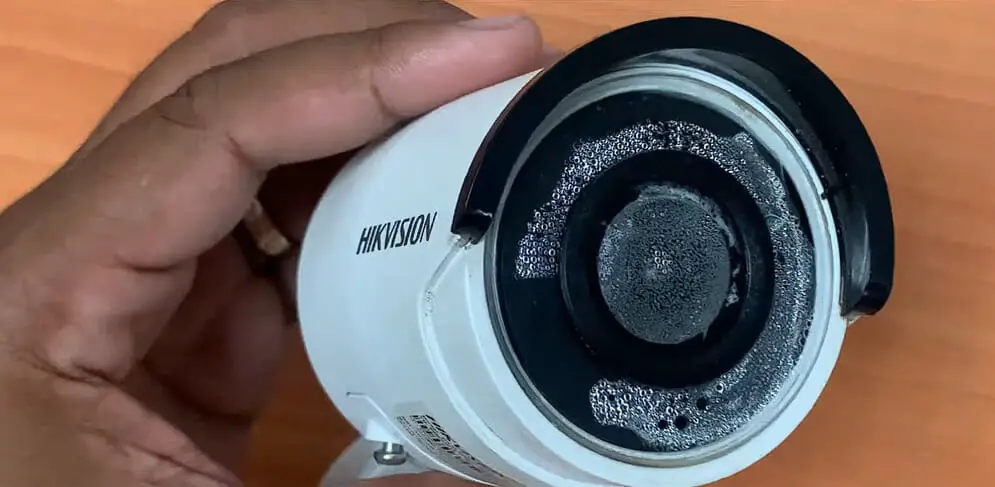
On some occasions, those orbs could be water droplets! Even moisture in the air can cause these mysterious orbs to appear in the video footage.
When the camera’s view gets obscured by water droplets, they can be illuminated by a nearby light source, thus creating those orbs. So, always check for moisture and clean the lens before jumping to conclusions!
Near-Camera Reflection
I also want to mention something that surprised me: near-camera reflection. Sometimes, the orbs are not caused by particles in the air but are simply the result of a bright light near the camera, such as a street light or flood light.
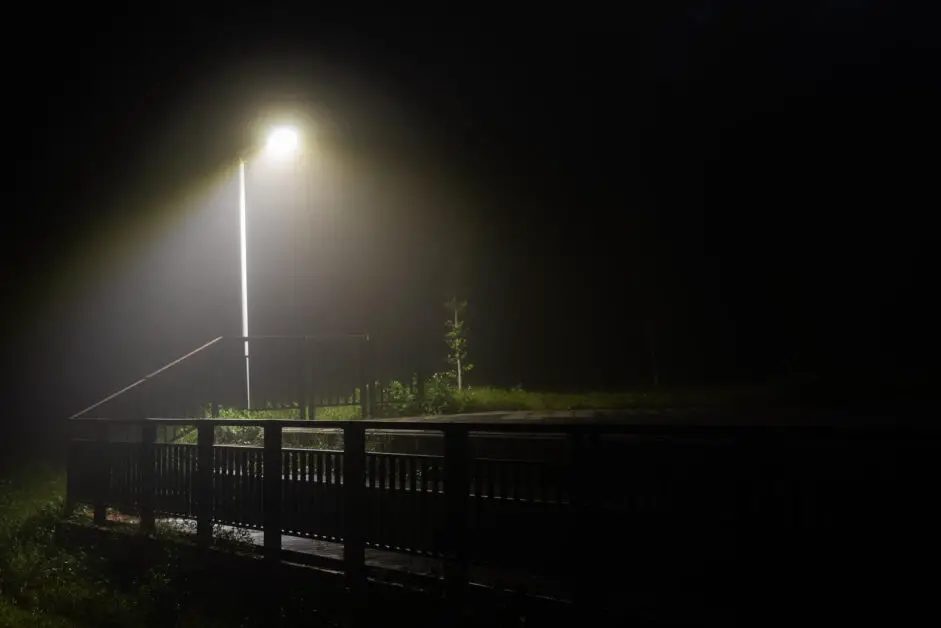
The light reflects on the lens, creating an orb-like shape in the video footage. It’s always good to be mindful of the camera’s location and light sources in the vicinity.
Animals and Insects
Lastly, let me tell you about another fascinating cause of orbs: animals and insects. That’s right, even our furry friends can create orbs on security cameras.
When a cat (or any other pet) brushes past the camera, its fur can trigger those near-camera reflections, better known as backscatter.
The same goes for insects flying or crawling across the camera lens. I’ve experienced this a few times, and the best way to avoid this is by placing the camera in an animal or insect-free area or using repellents.
So, there you have it, folks – the top culprits behind the enigmatic orbs on your security cameras. Remember these harmless causes; you’ll better grasp what’s happening when you spot those mysterious orbs in your video footage.
Orb Movement Patterns and Their Implications
| Orb Movement Pattern | Likely Cause |
|---|---|
| Erratic, fast, non-linear | Small insects or dust particles caught in varying air currents |
| Slow, drifting, or floating | Lighter particles like dust or small water droplets floating in still air |
| Fast, straight line | Larger, faster-moving insects or small animals passing in front of the camera |
| Circular or spiraling | Airborne particles caught in a circular air current, or small flying insects |
| Stationary or hovering | Reflection from a stationary object or particles suspended in very still air |
| Random zigzagging | Dust or small insects moving in complex air currents |
| Pulsing or flashing | Particle rotation or irregularly shaped particles reflecting light differently as they turn |
| Slow, deliberate seeming movements | Often larger insects or small animals move across the lens |
| Disappearing and reappearing in different places | Different particles enter and exit the camera’s field of view |
| Rapid, darting movements | Fast-moving insects or small animals passing the camera |
Paranormal Phenomena or Optical Illusions?
As I delve into the world of orbs on security cameras, the debate often comes down to whether they’re evidence of paranormal activity or simply optical illusions.
In this section, we’ll explore both sides of the argument, looking at the beliefs surrounding paranormal activity and the scientific evidence that has emerged.
Paranormal Activity
Many believe that ghost orbs represent spirits or the energy of deceased individuals. This idea stems from the thought that these orbs may be a way for spirits to communicate with us or manifest their presence in our world.
Some even suggest that orbs can be connected to specific paranormal phenomena, making them a significant part of the ghost-hunting culture.
Scientific Evidence
On the flip side, there’s scientific evidence that debunks a significant majority of orb sightings.
The explanation behind these mysterious anomalies is often pretty straightforward. As mentioned, orbs in night-vision camera footage can be attributed to the camera’s flash reflecting off dust particles or other small objects.
While I understand the allure of the paranormal, we must also consider the scientific explanations available for these occurrences.
It’s essential to strike a balance between the fascinating world of spirits and the concrete evidence that we have in hand. Ultimately, the truth about orbs on security cameras could lie somewhere in between, waiting.
How to Prevent and Reduce Orbs
Orbs on security cameras can be a nuisance, but fear not! I have some simple yet effective ways to reduce and prevent those pesky orbs from obstructing your camera footage.
Cleaning the Camera Lens
First, a clean lens is essential to prevent orbs from forming. Regularly cleaning the lens, as well as the surrounding hardware, can make a world of difference.
Outdoor cameras are susceptible to dust, pollen, dirt, and rain, which can all contribute to orb formation. So, make it a habit to wipe the camera lens and nearby surfaces like doorframes, windows, and siding.
Trust me; your camera will thank you for that.
Adjusting Camera Position
Now, let’s talk about camera position. Sometimes, simply adjusting the position of your camera can help minimize the appearance of orbs.
The trick here is to avoid pointing your camera directly at a bright light source, such as streetlights or security lights.
Try angling the camera slightly downward to capture less of the sky. This could reduce the chances of orbs appearing in your footage. Remember, a minor adjustment can go a long way!
Choosing the Right Illumination
Lastly, illumination plays a crucial role in reducing orbs. Avoid bright light sources when using night mode on your security camera.
Switching to a soft, diffused light can help lessen the appearance of orbs caused by the camera’s infrared illuminator. And as an added bonus, this type of lighting can also create a more pleasant ambiance around your home. Who wouldn’t want that?
There you have it! By cleaning the camera lens, adjusting your camera’s position, and choosing the right illumination, you can effectively prevent and reduce orbs in your security camera footage.
Try these tips, and you’ll be on your way to a clearer, orb-free security system.
References
Websites:
- Photography Life. https://photographylife.com/
- CNET. https://www.cnet.com/
- CCTV Camera World https://www.cctvcameraworld.com/
Video References
LifeHackster
I am solver

